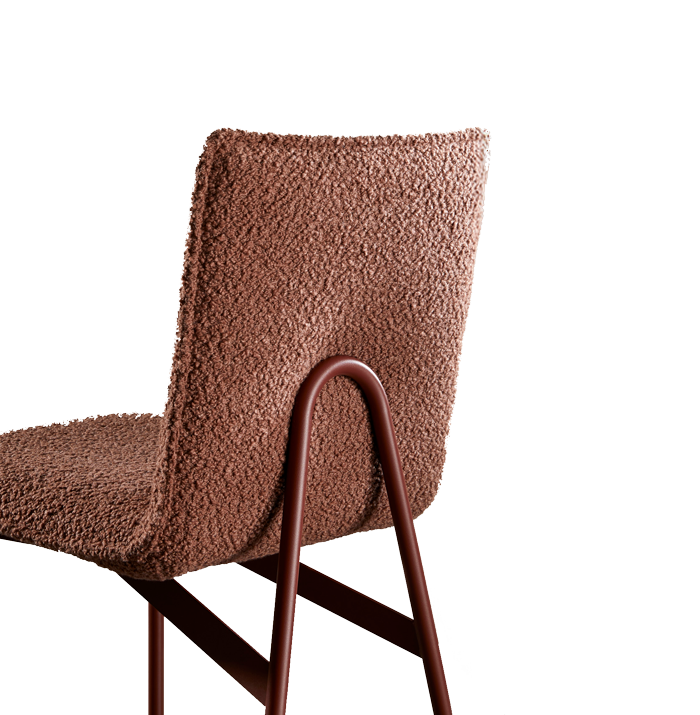The status of Australia’s healthcare sector is reaching crisis point. As the rate of critical illnesses in this country is higher than ever, what can A+D do to create a healthier tomorrow?
Collectively throughout Australia, close to 20 billion dollars will be dedicated to redevelopments and infrastructure programs for our healthcare industry in the next four years. While that number may surprise most of us, it’s becoming clearer and clearer that it will only continue to increase.
Last year, the total revenue generated by our healthcare industry surpassed $120 billion AUD – and with a projected annual growth of 3.4%, our population is increasingly becoming more and more reliant on healthcare facilities across the nation.
While many have questioned the need to allocate such an enormous amount of funding to redevelopment of facilities over, say cancer research or remote community healthcare, others are beginning to notice the inordinate amount of strain set upon both our healthcare spaces and practitioners.
Thanks to the National Census last year, the Australian Bureau of Statistics confidently estimate that over 9.6 million people in Australia will be above the age of 65-years in 2064, equating to above 23% of Australia’s total projected population. Meanwhile, 1.9million will exceed the age of 85-years, constituting 5% of the total projected population. That we’re clearly a rapidly ageing country is not under dispute – that we’re prepared for it, however, very much is.
Increased chronic illnesses, increased numbers of the infirm, decreased numbers of healthcare practitioners, and increased demand placed on our healthcare facilities is beginning to yield damning results for our country’s health if we don’t act quickly.
This is where you – as part of Australia’s A+D community – can demonstrate pointed progressiveness. While the supply and demand for healthcare in any country depends on a combination of health/illness patterns and social, economic, environmental and technological variables, it very largely also depends on the material elements of such spaces in accurately responding to an enormous array of stakeholder needs – from the nurse just settling in to a 19-hour shift, all the way to a grieving loved-one or a critically ill patient.
That providing health isn’t a game for the feint of heart is an understatement. More and more, our A+D community is illustrating that providing health isn’t a game for the feint of imagination. While demand on health will inevitably increase in the coming years, A+D is uniquely positioned to facilitate the very material support that such a transition requires.
At the Australian Healthcare Week this month, one of Australia’s premium commercial design powerhouses – Zenith Interiors – will be presenting their latest portfolio, expertly curated for the needs of this growing industry: ZENITH CARE. Working with healthcare practitioners and patients at the intersection of advanced treatment facilities and designing for better health, ZENITH CARE meets the needs of the always-innovating healthcare sector with this collection of wellness-based designs to reimagine healing environments and equal the sophistication of advanced health equipment, techniques and healthcare strategies.
With a stellar line-up of European, Asian and Australian brands, ZENITH CARE represents one of the leading concerted efforts for the A+D community to help combat the problem of health today. From ensuring that all pieces in the ZENITH CARE range are Standards Approved under Class 9a of the Building Code of Australia, to assessing limitations and safety features, Team Zenith have provided solutions for patient and practitioner, alike.
Alleviating those situations which, even at the best of times are stressful and demanding, ZENITH CARE is immaculately curated to ensure that each design element is carefully considered from the perspective of promoting safety, comfort, wellbeing and ease – a much-needed offering to the entirety of ‘health’ and ‘healthcare’, today.
Join Zenith Interiors and all the latest influencers in the sectors of health and aged care at the Australian Healthcare Week, this March 8th-10th.
by David Congram




